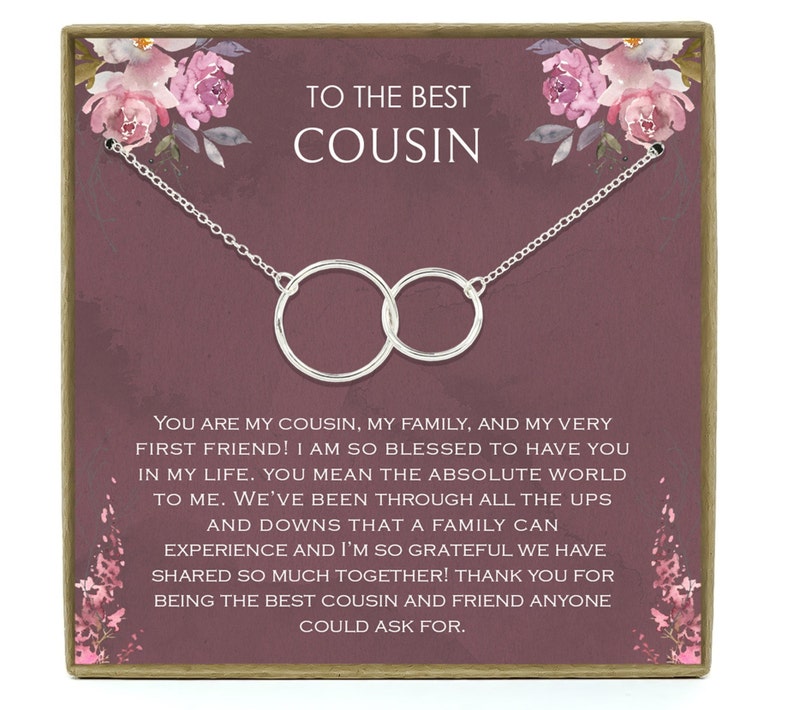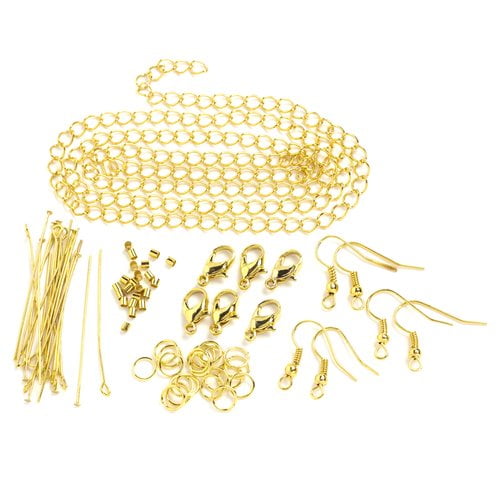

Inferior fish will see out their lives as they are, and take with them, their humble genetic lineage. Only the most significant, most dominant individuals will ever have the chance to change sex, mate, and pass on their genetic material. On top of this, the process creates a robust gene pool.

But why? For a start, this unusual system minimises the chance of an anemone ever being without one sex or the other (female fish can self-fertilise, but this helps make the breeding procedure much simpler). Grouper and wrasse (both of which are present on the Ningaloo in abundance) share similar traits.

Why change gender?Īnemonefish aren’t the only ones on the reef to display hermaphroditic tendencies. Following this, the largest adolescent fish will mature and take his place alongside the new “lady of the anemone”. This point is met when the suppressive female is removed from the colony, prompting the dominant male to abandon his masculinity and take on the role and reproductive organs of a female. Anemonefish are sequential hermaphrodites meaning they will change gender at a certain time in their lives. If that dominant female was to disappear for example, much like poor Nemo’s mum, something quite remarkable happens. This structured hierarchal society, however, can and will change. Everyone else has to settle with inferior status. By her side in their anemone castle, is one dominant male fish. In return, the anemone offers a safe haven for “clownfish”, as well as providing scraps of food for them to feed upon. Very much ruling the roost, she spends her days warding off potential predators (from herself, her colony, and from the anemone itself). In fact, within an anemone, there is only one female fish and she’s certainly no mug. And no “boys against girls” horseplay in the playground. No pulling on the pigtails of the girl you fancy. All born male, so during adolescence there’s no stress of competing for a young maiden’s attention. Such anemones may contain anywhere from 1 to 15 individual fish.

From the snapping of shrimps, to the crunching of beaks on coral, juvenile anemone fish follow these sounds until out of the blue, they find a home in an anemone. Coral reefs are bustling environments that generate an impressive volume of noise. They hatch from eggs and drift the sea as larvae until coming back to the Ningaloo as tiny replicas of their parents. The early stages of life for “clownfish” are fairly standard by the way of the ocean. While differing in appearance though, all anemone fish share very similar life-cycles. Tomato Anemonefish, for example, are just one of several species that are far more abundant (here on the Ningaloo) and probably tire of the excitable exclamations. Of course, not all “clownfish” fall under the heading of “Nemo”. “I’ve found him!!” The words that virtually every anemonefish on the Ningaloo Reef has become used to hearing on a daily basis. It’s probably for this reason that they were chosen to star in the Disney Pixar Blockbuster: “Finding Nemo”. No intruder is too big for the hearty “clownfish”, and they are loved by divers and photographers for their animated, territorial displays. Anemonefish are fiery personalities, defending their homes with aggression which far surpasses their size.


 0 kommentar(er)
0 kommentar(er)
